
Amazon.com has been making waves since 1994. From ecommerce to digital streaming to cloud services, the brainchild of Jeff Bezos has revolutionized a number of industries. However, Amazon is not the only fish in the sea. Plenty of businesses operate as Amazon competitors and make huge profits selling different things.
Today, we’ll look at some of Amazon’s direct competitors in various areas, explaining how exactly they attract customers, despite having fewer resources. Then we’ll take those lessons and look at how your small business can also compete with the online retail giant.
Don’t wait for someone else to do it. Hire yourself and start calling the shots.
Get Started Free
Top 8 Amazon competitors
1. eBay
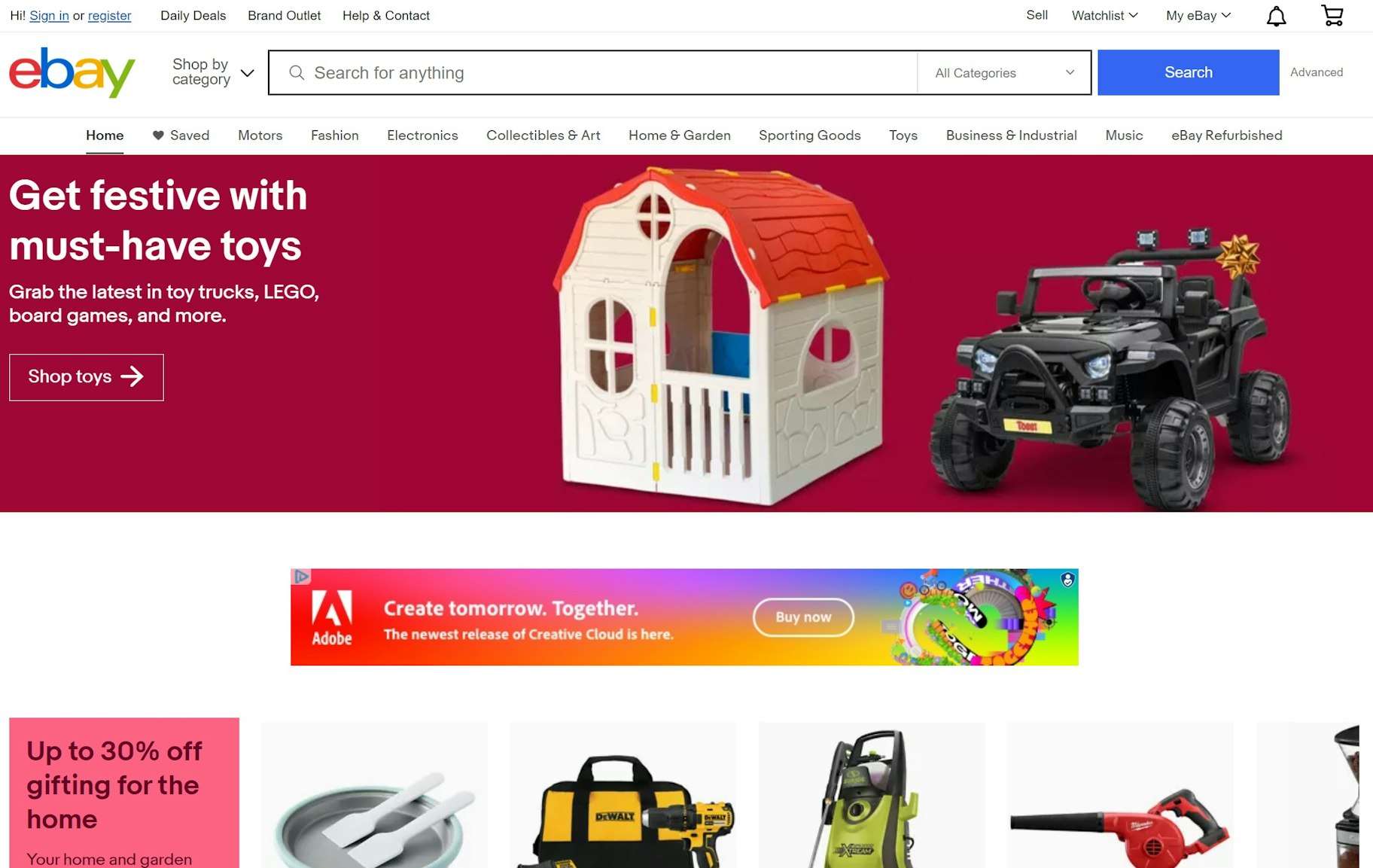
eBay is a huge ecommerce platform that directly competes with Amazon for online sales. While eBay’s revenue has taken a hit in recent years, in 2020 the company saw its best net revenue since 2013—$ 10.2 billion.
With eBay, retailers list products for sale and consumers buy them in the marketplace. You’ll also find eBay sellers offering products similar to those offered by retailers on Amazon. The key difference being eBay sellers can auction items or apply a fixed rate.
With the ability to bid on products and the ease of connecting with sellers, eBay is a top site for buying electronics, clothes, cars, collectibles, and other products. It also ranks higher than all other Amazon competitors in terms of website visits, with over one billion visits each month, on average.
2. Alibaba Group
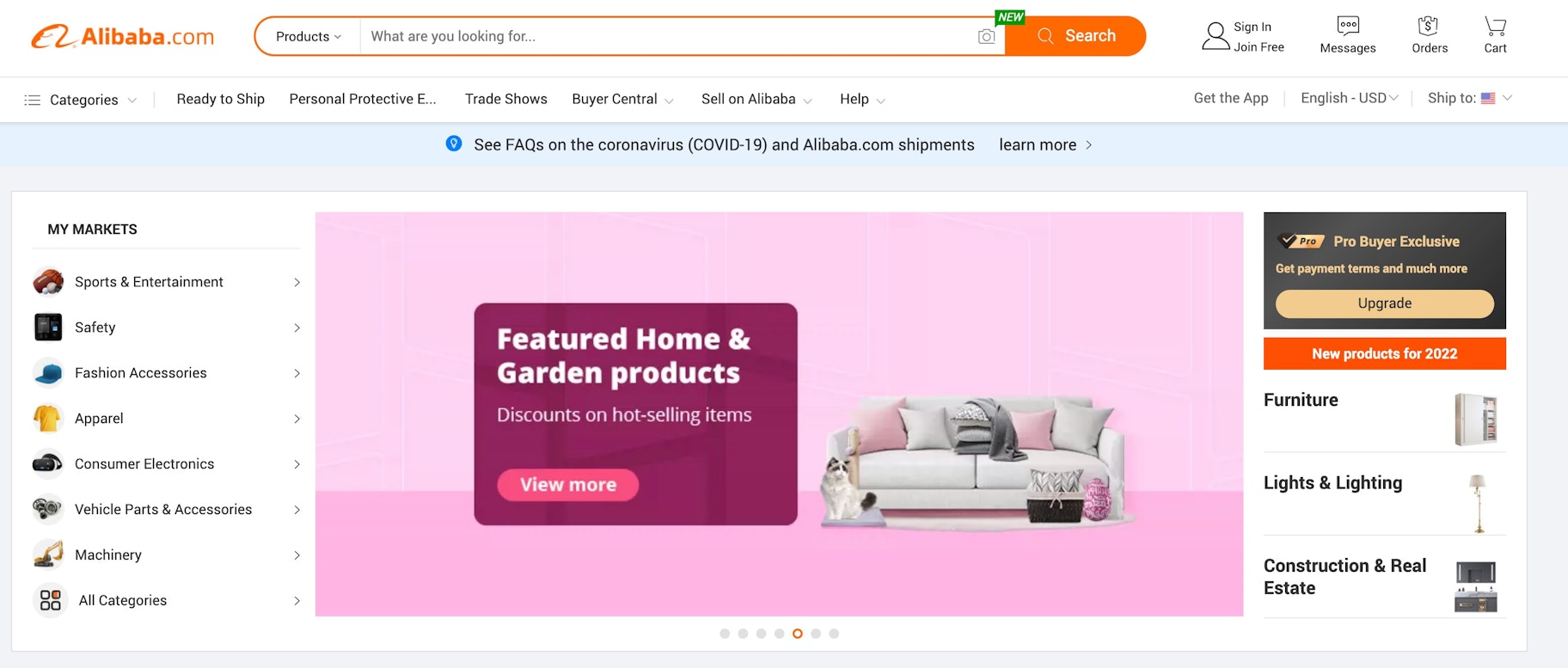
Founded in 1999 by Jack Ma, Alibaba Group is a Chinese multinational company, with different subsidiaries operating under the parent firm, the main ones being Alibaba.com, Taobao, Tmall, and AliExpress.
Alibaba.com, a B2B (business-to-business) marketplace, is the flagship subsidiary of the Alibaba Group. It competes with Amazon for retailers looking to buy products in bulk and resell for a profit. Alibaba.com provides businesses with direct access to manufacturers of different goods, helping them avoid middlemen and save on unit pricing.
Taobao, Tmall, and AliExpress are B2C (business-to-consumer) ecommerce operations. These companies compete with Amazon on selling electronics, clothes, accessories, and gadgets at low prices.
Collectively, the Alibaba Group brought in revenue of $ 31.14 billion in Q3 2021, an increase of 29% year over year.
3. Walmart
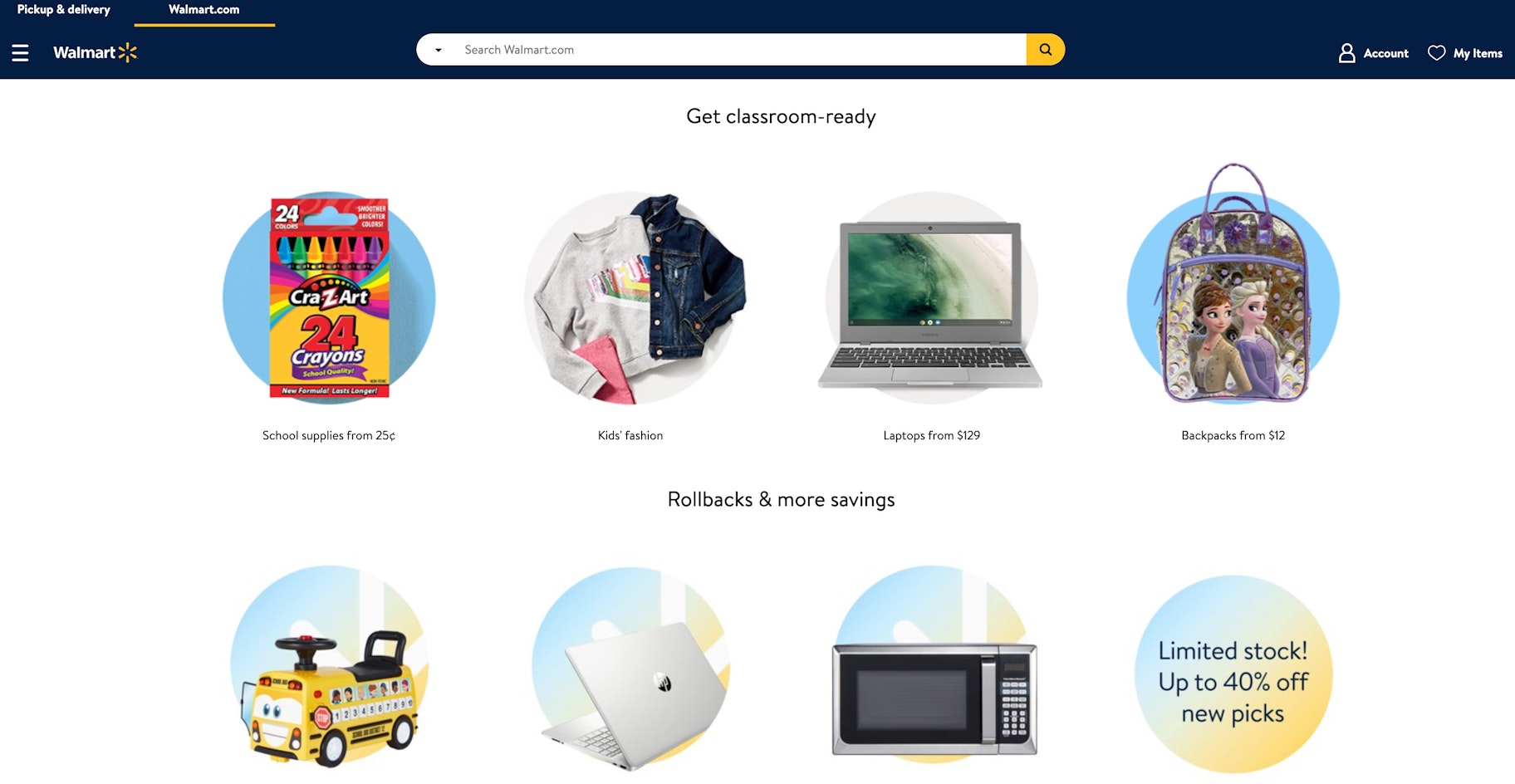
Walmart is a global retail giant with over 11,000 physical department stores across 27 countries. It competes with Amazon’s retail subsidiaries (such as Whole Foods and Amazon Books) in various locations, offering a wide range of products at everyday low prices.
While Amazon dominates the ecommerce space, Walmart has a fast-growing online presence. According to Jungle Scout’s 2021 Ecommerce Report, consumers prefer shopping for groceries and essential items on Walmart.com, which leverages thousands of physical Walmart stores across the US to offer familiar brands and easy pickup/returns.
Walmart saw a worldwide ecommerce revenue of $ 75 billion in 2021, which was $ 35.3 billion more than it saw the previous year.
4. Rakuten
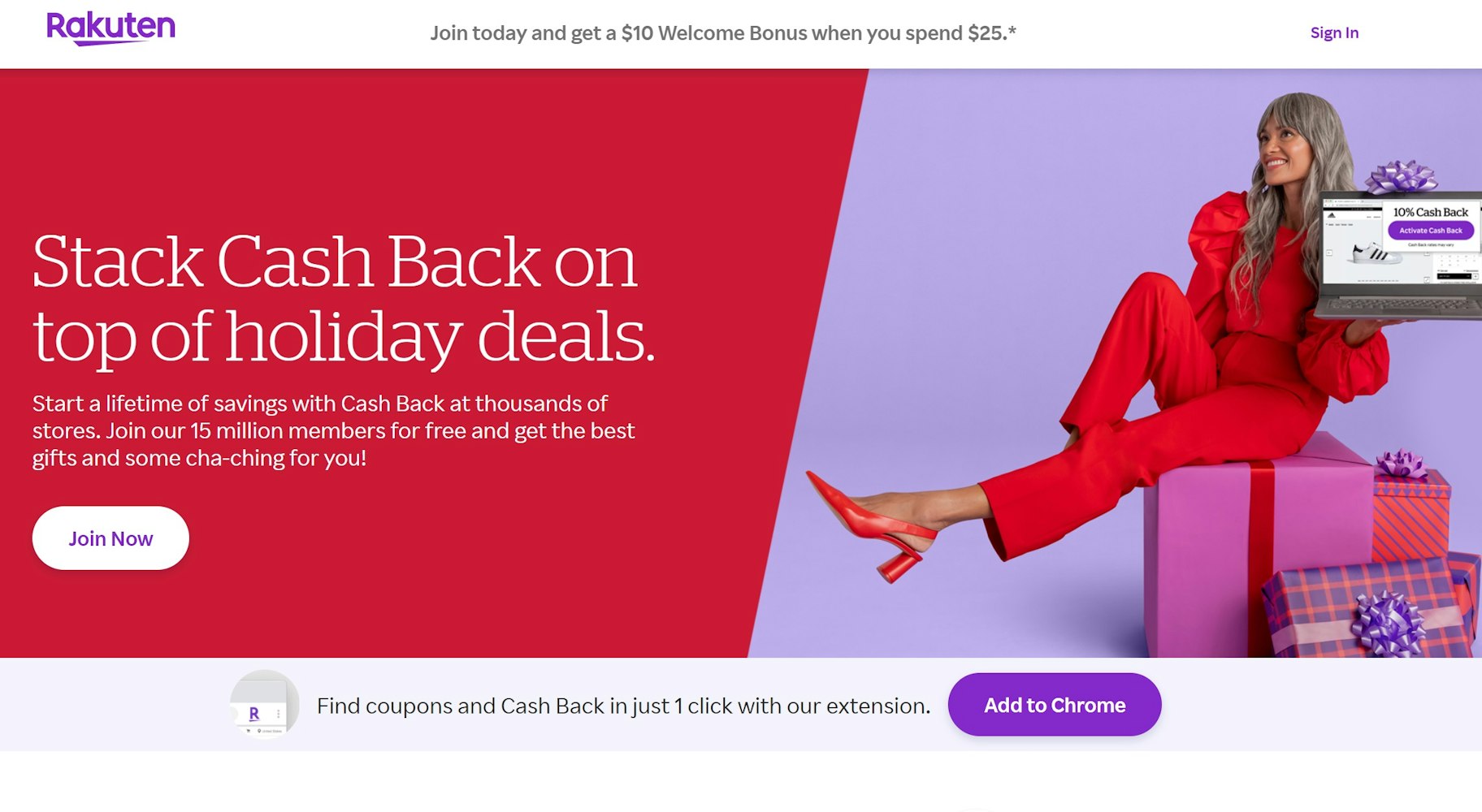
While Amazon is considered a titan in the US, in Japan it faces tough competition from the Rakuten Group. Founded in 1997, Rakuten’s ecosystem of services includes online shopping, banking and payments, investment and incubation, and even a streaming service (Rakuten TV).
As an Amazon competitor, Rakuten relies on a significantly different business model to fuel its growth. It uses a cash-back program to encourage shoppers to buy its products on Rakuten instead of directly through brands. This strategy earned it a net revenue of over $ 13.6 billion in 2020.
Additionally, Rakuten has acquired several companies to establish an international presence. In 2010, it purchased buy.com (US), followed by acquisitions of play.com (UK) and PriceMinster (France). The websites of all three companies now redirect to Rakuten’s official sites.
5. Otto
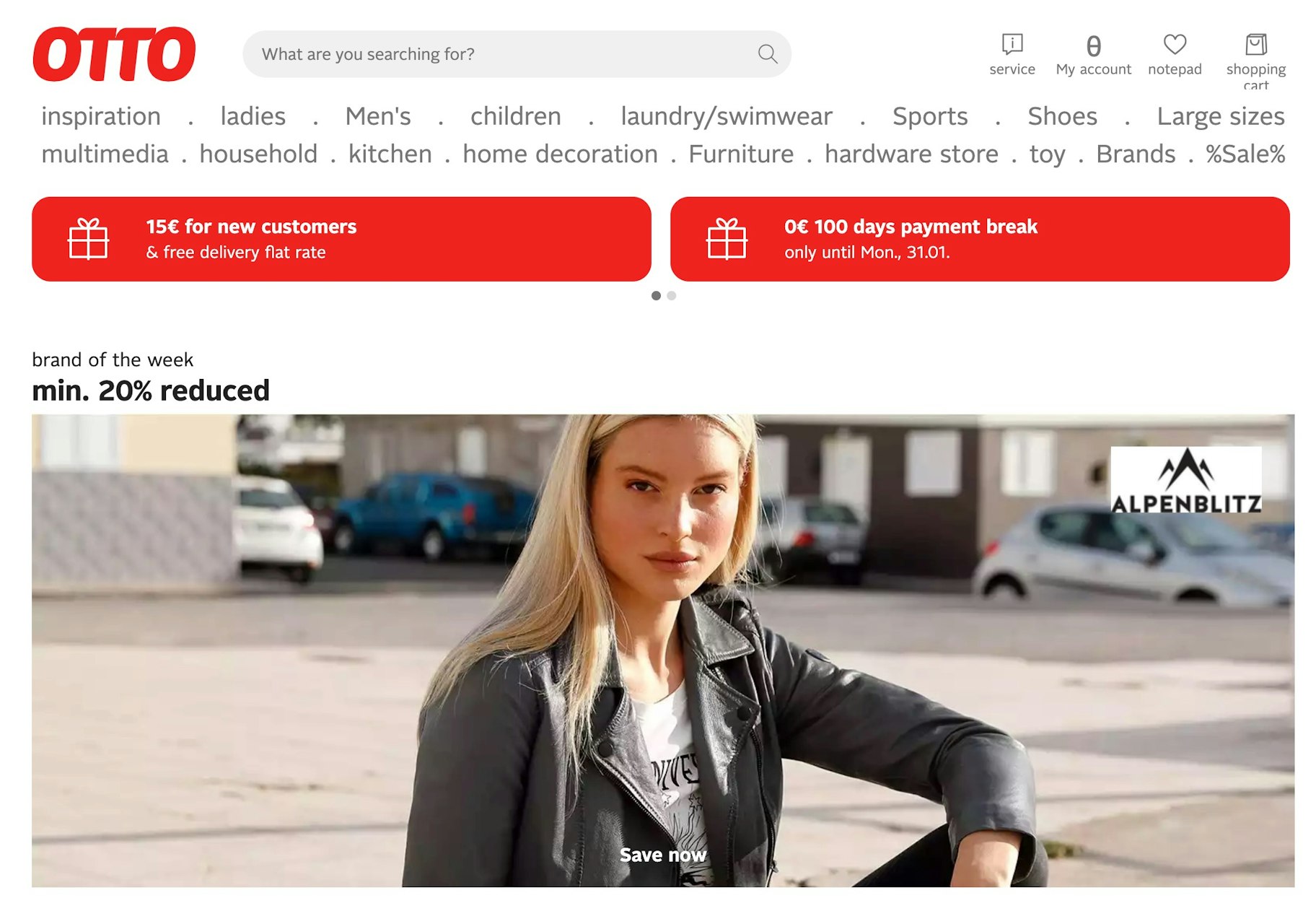
Otto is one of the biggest ecommerce companies in Europe. Founded in 1949, the company was originally a mail-order service in Germany before it evolved into an online brand in 1995. Today, Otto is considered a one-stop shop for a wide range of consumer items.
In 2020, the Otto group became the second most profitable retailer in Germany (after Amazon). Its success can be attributed to its excellent customer service and partnerships with leading retail brands.
Otto’s biggest market share is in furniture and home furnishings, though it also stocks clothing, sports gear, and electronics from leading brands.
6. JD

The next Amazon competitor on our list is JD (JingDong), a Chinese ecommerce website founded in Beijing in 1998.
JD is renowned for its B2C operations and robust logistics infrastructure. As of September 30, 2021, the company had a network of approximately 1,300 warehouses spanning roughly 23 million square meters in total.
Beyond being a competitor to Amazon, it’s also a direct competitor to the above-mentioned Alibaba.com website, as both companies offer the ability to buy items in bulk. In 2020, JD experienced $ 114.3 billion in revenue, which was more than Alibaba’s $ 109 billion sales that year.
7. Flipkart
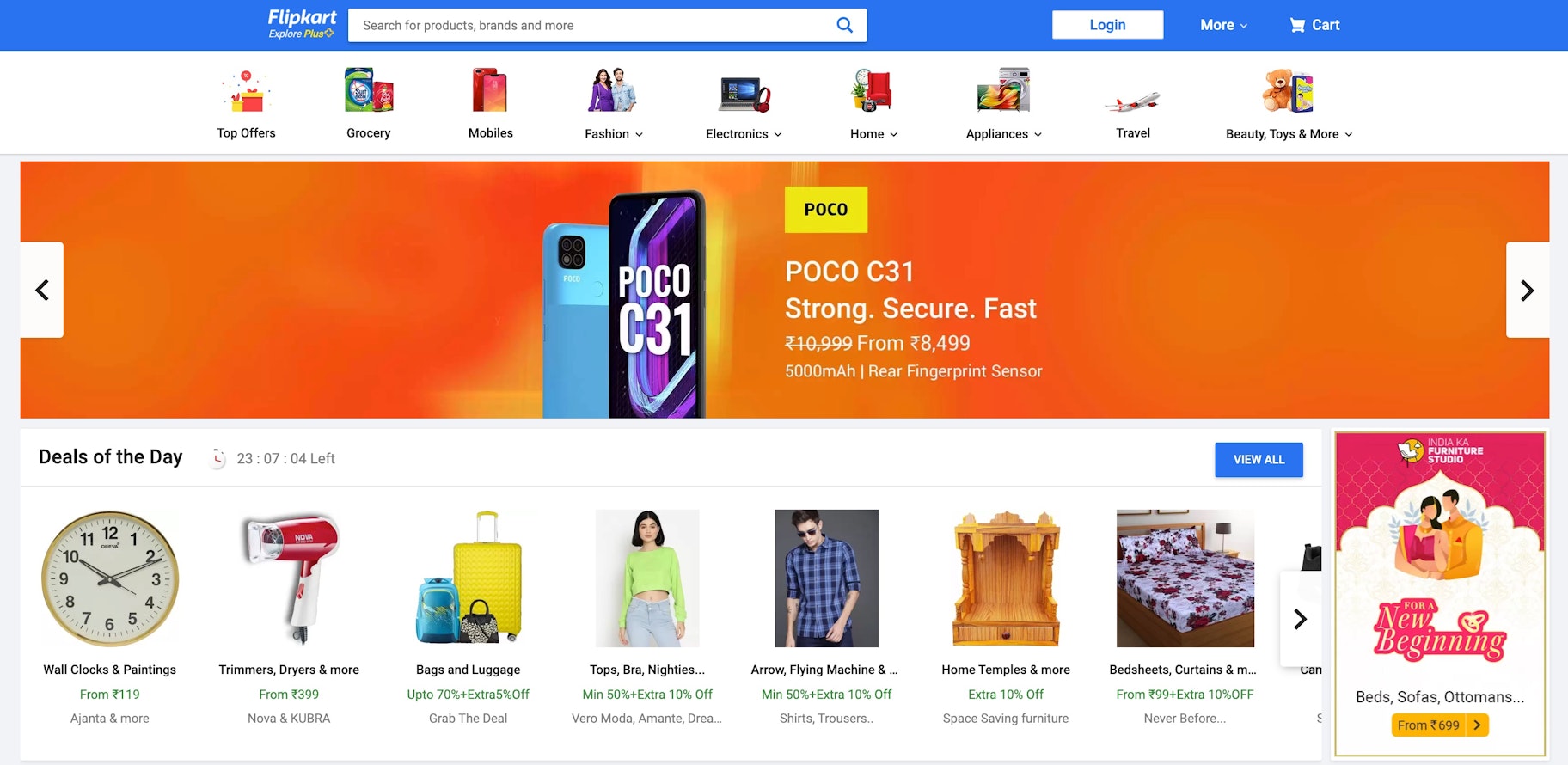
Ranked among the most popular ecommerce companies in India, Flipkart offers a wide selection of product categories, ranging from fashion and electronics to furniture and gardening tools. The company, founded in 2007, competes with Amazon on customer experience, product variety, reward schemes, and price.
Flipkart also has a unique Plus SuperCoins reward scheme that lets consumers earn points on the purchases they make. The coins can then be traded for extra discount coupons, entertainment offers, and more.
Flipkart’s revenue is growing fast, with a reported 25% increase in 2021 compared to the previous year. The platform has more than 100 million customers who love its user-friendly interface and customer service.
8. Netflix

Where Amazon specializes in selling physical and digital products, Netflix focuses on a specific offering—video on demand. Founded in 1997 when entrepreneurs Reed Hastings and Marc Randolph mailed themselves a DVD (which arrived intact), Netflix provides its users with access to movies, TV shows, and documentaries.
Netflix has seen year-over-year growth, with the company bringing in a revenue of $ 25 billion in 2020. It’s biggest competitor is Amazon Prime Video, which is currently behind in terms of revenue of subscriber numbers.
Popular among Netflix’s 220 million+ subscribers is its original content, which the streaming giant releases at an average rate of over one original title a day.
How small businesses can compete with Amazon
Competing with a giant like Amazon can seem almost impossible for a small business. But there are ways to stand out from the big guys and gain customers who advocate for your brand.
1. Offer a memorable customer experience
Customer experience is the ultimate differentiator for any brand, and the main factor your audience will judge you by in today’s world.
According to a report by Segment, 71% of consumers feel frustrated when brands don’t personalize their shopping experience. However, 44% would likely make a repeat purchase after having a personalized experience with a retailer.
Upgrade your customer experience by:
- Writing handwritten thank you notes for customers
- Sending relevant personalized emails
- Offering incentives in exchange for feedback
- Solving customer complaints quickly
2. Prioritize omnichannel
Today’s consumers expect brands to be present on various platforms. Additionally, they want a consistent shopping experience across their channels. When acquiring new customers and retaining existing ones, offering an omnichannel experience is key to gaining an edge over your competitors.
According to a Shopify research study, 73% of shoppers use multiple channels before making a purchase. This means brands that sell across multiple channels (mobile, social media, online stores, and physical locations) stand out from the crowd.
Begin developing your omnichannel strategy by evaluating your target audience. Think about where your customers are most likely to want to buy something. Do they spend most of their time on social media when not shopping on marketplaces like Amazon? If so, Facebook and Instagram shopping options are ideal.
Not only will building an omnichannel environment impress your customers, but it gives you more opportunities to increase sales by reaching a larger audience.

3. Establish an active community
Another way to compete with Amazon is to establish an active local community presence. Small businesses have an advantage here: they understand the needs of their community better than multinational corporations, meaning it’s easier for them to get involved and inspire consumers.
Some ways you can get involved:
- Participating in or sponsoring local events
- Arranging volunteering programs for your staff
- Donating to local causes
- Joining community boards relevant to your business
4. Promote on niche marketplaces
Marketplaces offer an opportunity to tap into an existing audience. However, Amazon isn’t the only marketplace worth considering. You can sell on other marketplaces that consumers are already familiar with and trust.
The ideal marketplace for you will depend on the kind of business you’re running. For instance:
- Etsy is great for selling items you make yourself
- eBay is ideal for selling collectibles and vintage items
- Chairish is perfect for selling furniture and home décor

Unique and personalized customer experiences are key to surviving the Amazon apocalypse
It’s clear that small businesses can’t compete with Amazon on price or shipping times. The retail behemoth has a massive logistics network and can source products at extremely low prices in huge quantities. New ecommerce brands may feel intimidated by Amazon at first, but the truth is, you can outpace Amazon by creating unique products and personalized shopping experiences that customers value.
Amazon competitors FAQ
What is Amazon Marketplace?
Amazon Marketplace is an ecommerce platform that allows retailers and brands of all sizes to list their products on the Amazon website. The way it’s set up allows sellers to take home a bigger portion of the profits from sales. You pay no listing fee and are allowed to sell both new and used products on the Marketplace.
Who are Amazon’s biggest competitors?
Amazon has competition in different sectors. Its biggest retail competitors are Alibaba, eBay, Walmart, JD, Flipkart, and Rakuten. For the online streaming services audience, Amazon competes with Netflix, Hulu, Apple TV, and Disney+. Amazon’s main competitors in the cloud computing industry are Alibaba Cloud and Microsoft Azure.
Who are Amazon’s indirect competitors?
Indirect competitors are companies that operate a different business model but target a similar audience. Some examples include:
- Shopify
- Apple
Want to learn more?
- Amazon Dropshipping in 2022: Everything You Need to Know
- Shopify vs. Amazon: A Detailed Comparison in 2022
- Amazon Alternatives: The Top 11 Sites to Buy From Online
- Dropshipping vs Amazon: Which Should You Choose in 2022